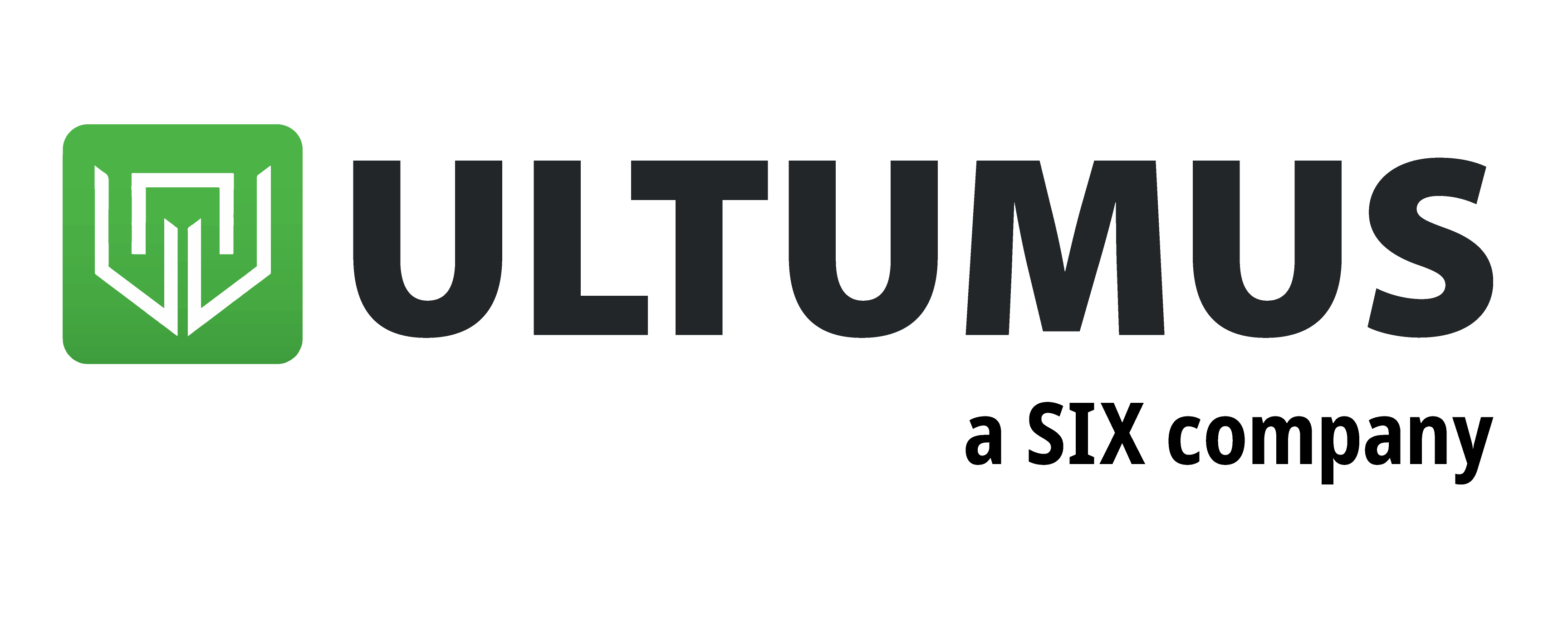The US market is the most concentrated it has been in recent history and recent flows have highlighted investors are divided about the risk this poses to future returns.
The FAAMGs have been solely responsible for the S&P 500’s V-shaped recovery following the coronavirus turmoil. The five stocks have accounted for 9.4% out of 9.7% of the index’s returns this year, as at 31 August.
As a result, the FAAMGs now account for 22% of the flagship index, up from a 16% average in 2016, the biggest concentration by five stocks in 40 years, according to S&P Dow Jones Indices data.
The risks associated with being heavily weighted to five stocks have been acknowledged by some investors after the $828m Xtrackers S&P 500 Equal Weight UCITS ETF (XDEW) saw $152m inflows last week, the sixth highest flows across all European-listed ETFs, according to data from Ultumus.
By adopting an equal weight approach, XDEW enables investors to balance out the risks of being heavily weighted to a few securities.
For example, the information technology sector accounts for just 14.5% of XDEW versus a 28% weighting for the iShares Core S&P 500 UCITS ETF (CSPX), Europe’s largest ETF.
However, the dominance of tech stocks with the US market has done little to impact the appetite for other investors.
In the same week, investors piled $418m into the $1.6bn Xtrackers MSCI USA Information Technology UCITS ETF (XUTC), the biggest inflows across all ETFs listed in Europe. According to data from ETFLogic, this takes XUTC’s total inflows to $700m over the past two months, as at 20 October.
This is despite the XUTC’s massive concentration risk to two stocks, Apple and Microsoft, which account for 39.6% of the index.
As Goldman Sachs analysts said in a research note: “From a macro perspective, record concentration means the S&P 500 has never been more dependent on the continued strength of its largest constituents or more vulnerable to an idiosyncratic shock to any of these stocks.”
This point is even more valid for XUTC which will be impacted even more than the S&P 500 if a shock happens in either Apple or Microsoft.
Elsewhere, the $1.2bn Xtrackers MSCI USA Health Care UCITS ETF (XUHC) saw $298m inflows last week, a sign investors are less cautious about Democratic candidate Joe Biden’s impact on the sector than 2016 candidate Hillary Clinton.
On the day of Donald Trump’s election victory, investors piled $180m into the Invesco NASDAQ Biotech UCITS ETF (SBIO) highlighting the market relief for the sector at Clinton's loss.
Biden is in support of reducing drug prices which is negative for healthcare companies and is looking to expand the Affordable Care Act introduced by former President Barack Obama in 2010.
Trump vs Biden – how their policies could affect ETFs
Rebecca Chesworth, senior equity ETF strategist, SPDR, at State Street Global Advisors, commented: “Biden’s public option for insurance could allow Americans to buy health insurance (most likely through Medicare) from the government, but using the health care insurers. This could lead to a beneficial outcome for the sector.
“In the less likely scenario of a full Democratic sweep, the public option could be larger and there would be attempts at controlling drug pricing, which could unnerve the market.”





